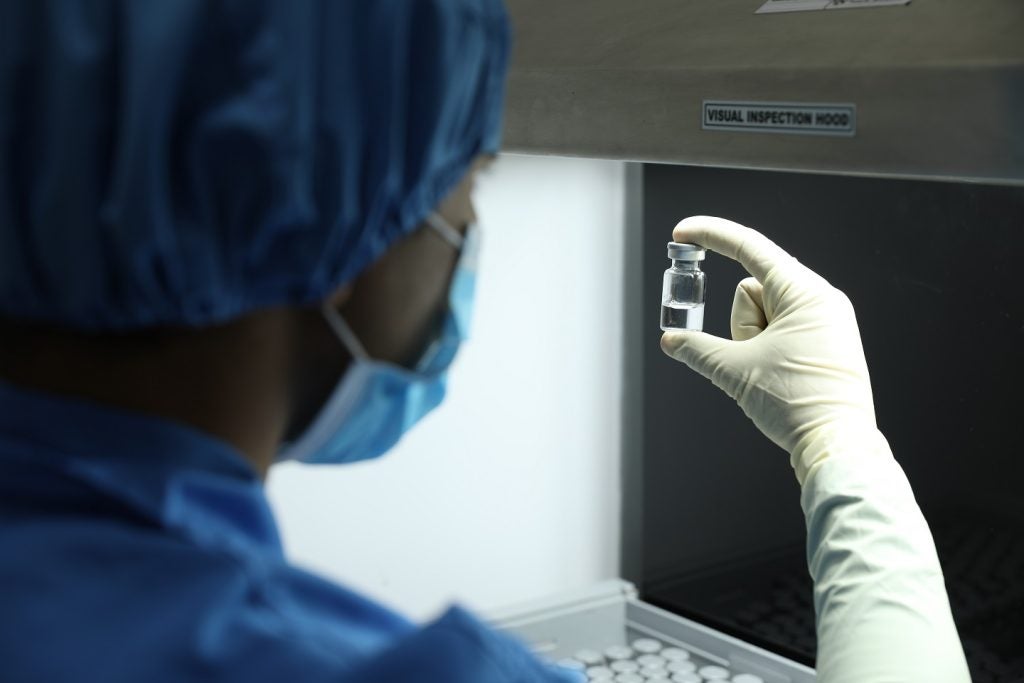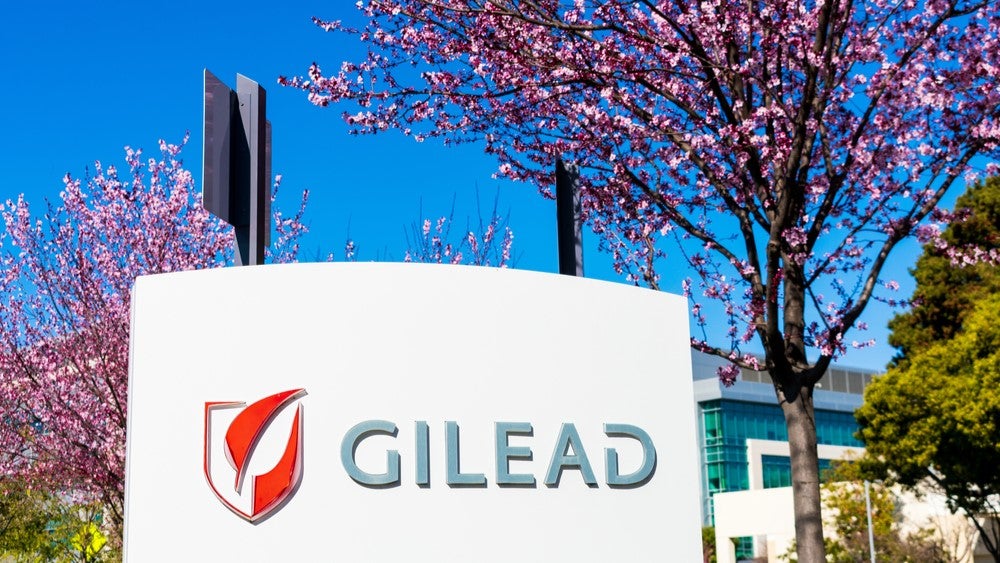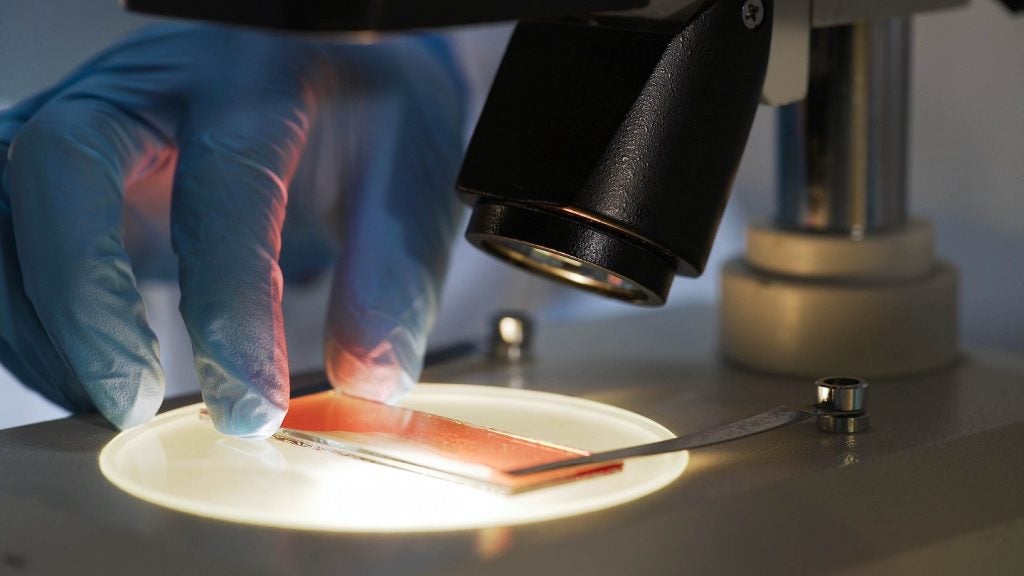
The US Food and Drug Administration (FDA) has released the final industry guidance for manufacturing drugs that may contain nitrosamine drug substance-related impurities (NDSRIs) for immediate implementation.
The new framework gives manufacturers and applicants of drugs, including prescription and over-the-counter (OTC) therapies, recommendations on how to predict the possible mutagenic and/or carcinogenic potential of NDSRIs, so they can determine safe acceptable intake limits for specific therapies.
Nitrosamines are chemical compounds that have possible cancer-causing effects on the human body and are potentially present in active pharmaceutical ingredients (API). Each NDSRI shares structural similarities with a specific API and the FDA suggests a risk-based safety assessment for finding acceptable intake limits for drug products.
The FDA defined an acceptable intake limit as “a level that approximates an increased cancer risk of one additional case in 100,000 people based on a conservative assumption of daily exposure to the impurity over a lifetime (70 years).”
How well do you really know your competitors?
Access the most comprehensive Company Profiles on the market, powered by GlobalData. Save hours of research. Gain competitive edge.

Thank you!
Your download email will arrive shortly
Not ready to buy yet? Download a free sample
We are confident about the unique quality of our Company Profiles. However, we want you to make the most beneficial decision for your business, so we offer a free sample that you can download by submitting the below form
By GlobalDataFinding these limits for NDSRIs can be more difficult compared to small molecule nitrosamines due to data and safety limitations. The agency asked companies to determine the limit through a predicted carcinogenic potency categorisation approach. This method was developed by FDA scientists in collaboration with international drug regulators to evaluate the predicted carcinogenic potency of NDSRIs based on the compounds’ structural features.
The Center for Drug Evaluation and Research (CDER) highlighted a lack of research into carcinogenicity and mutagenicity which made the establishment of acceptable intake limits difficult. The agency highlighted that this blind spot has previously led to the conduction of unnecessary studies, regulatory challenges, and in more extreme cases, the discontinuation of some drug products.
This issue came to the forefront in 2018 when the agency was alerted of the presence of an impurity identified as N-nitrosodimethylamine (NDMA) in the angiotensin receptor blocker valsartan. The FDA approved Novartis’ branded valsartan, named Diovan, in 2005 for the treatment of hypertension. Due to the impurity’s discovery, the FDA recalled generic versions of the therapy several times, requiring further study and therefore causing intermittent drug shortages.
In 2020, the FDA released an industry guidance instructing manufacturers of APIs and drug products to take steps to detect and prevent unacceptable levels of nitrosamine impurities in their drugs, or to avoid their presence completely when feasible. This includes conducting risk assessments, confirmatory testing when risks are identified and, reporting changes made to reduce such impurities.
The agency published the recent guidance without any previous public comment. The guidance applies to marketed drugs and drugs under clinical development.






